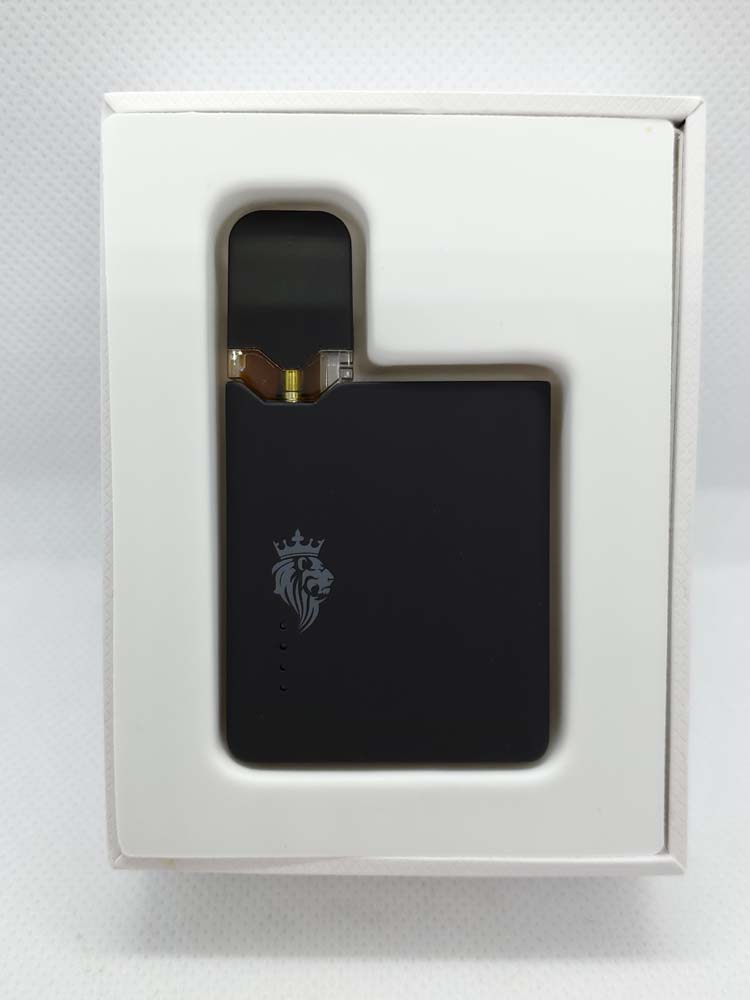Vaping has surged in favor over the past decade, becoming a popular alternative to cigarette smoking. This trend can be linked to various elements, including shifting societal attitudes, technological progress, and the perception of vaping as a safer choice.
 One of the primary reasons for vaping’s rise is the growing knowledge of the health risks linked to smoking. Many smokers have switched to vaping as a way to reduce their nicotine intake or quit altogether. Unlike regular cigarettes, which contain numerous harmful chemicals and carcinogens, e-cigarettes and disposable vape pens (hop over to this website) products are widely viewed as less dangerous, although research is still ongoing. This perception has encouraged both smokers and non-smokers to explore vaping as a possibly safer alternative.
One of the primary reasons for vaping’s rise is the growing knowledge of the health risks linked to smoking. Many smokers have switched to vaping as a way to reduce their nicotine intake or quit altogether. Unlike regular cigarettes, which contain numerous harmful chemicals and carcinogens, e-cigarettes and disposable vape pens (hop over to this website) products are widely viewed as less dangerous, although research is still ongoing. This perception has encouraged both smokers and non-smokers to explore vaping as a possibly safer alternative.
Technological advancements have also played a significant role in the growth of vaping. The development of various devices, from compact pod systems to advanced box mods, has made vaping easier to access and attractive to a broader audience. Additionally, the extensive variety of e-liquid flavorsfrom fruity to dessert-likecaters to diverse tastes, further drawing in new users.
Cultural elements have contributed to the popularity of vaping as well. Many people view vaping as a lifestyle, with a vibrant culture surrounding it, including social media communities and vaping gatherings. This sense of community fosters a collective identity among vapers, making the experience more fun.
Moreover, vaping is often marketed as a way of life, with brands appealing to young adults through attractive designs and flavor options. As vaping becomes more integrated into popular culture, its appeal continues to rise.
To sum up, vaping’s rise can be linked to health considerations, technological advancements, and evolving social norms. As more individuals seek alternatives to smoking, vaping is likely to remain a key player in the conversation about tobacco use and health.
